This article delves into the dynamic landscape of structural engineering, shedding light on the top 7 innovative trends that are not only defining the present but are poised to shape the future of the discipline.

The 20th century is best described as a turning point in field structural engineering. It is the century that saw the emergence of reinforced concrete and structural steel, seismic design principles, and the advent of computer-aided design. It is also the century that saw structural engineering, evolved into a highly specialized field, addressing diverse challenges such as super-tall construction, bridge design, and earthquake-resistant structures.
Today, however, we are 24 years into the 21st century and a lot is rapidly changing. With the advent of groundbreaking technologies and the integration of data-driven solutions, structural engineering is entering an era of unprecedented possibilities. Engineers are not only tasked with ensuring structural integrity but also with creating structures that are environmentally conscious, adaptable to changing conditions, and capable of harnessing the power of emerging technologies.
This article delves into the dynamic landscape of structural engineering, shedding light on the top 7 innovative trends that are not only defining the present but are poised to shape the future of the discipline.
Building Information Modelling
Top of the list is Building Information Modelling (BIM). BIM has emerged as a cornerstone in the evolution of structural engineering. It has transformed the way buildings and infrastructure projects are conceived, designed, and executed. BIM is a comprehensive digital process that involves creating and managing a 3D model of a structure, enriched with data about its physical and functional characteristics (Figure 1). This digital representation becomes a centralized hub for collaboration, allowing architects, engineers, contractors, and other stakeholders to work together seamlessly throughout the entire lifecycle of a project.
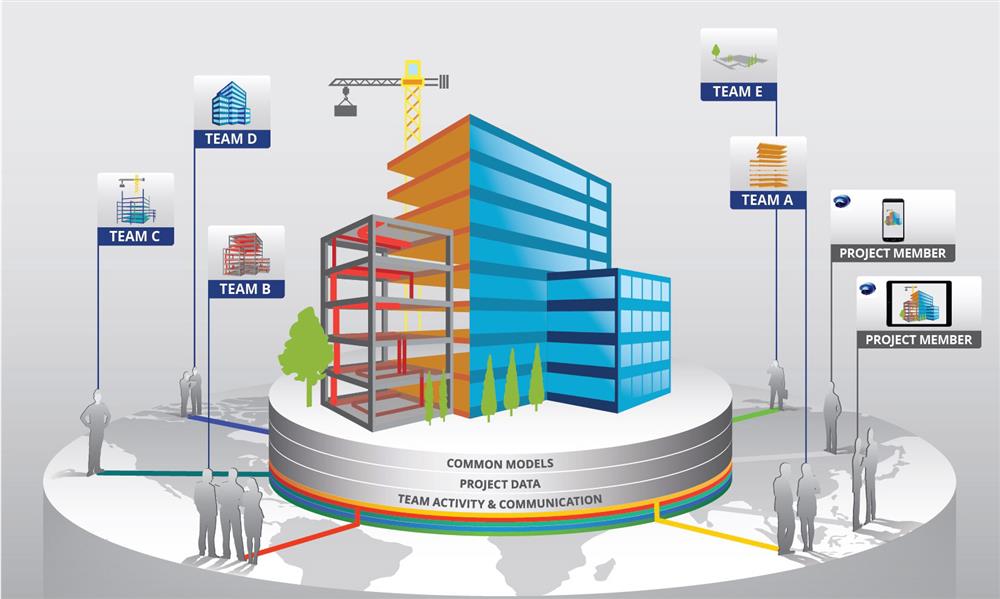
At its core, BIM is about breaking down silos and fostering interdisciplinary collaboration. Unlike the traditional design approach, where various teams work in isolation and share information in a linear fashion, BIM encourages a holistic and integrated approach. The 3D model serves as a shared knowledge base, ensuring that everyone involved in the project has access to the same up-to-date information. This collaborative environment enhances communication, reduces errors, and promotes efficiency in decision-making.
Perhaps, the biggest advantage of BIM is its ability to facilitate clash detection and resolution. With multiple disciplines working on a shared model, potential clashes between different building systems or components can be identified and addressed virtually before construction begins. This proactive approach minimizes the likelihood of costly conflicts and rework during the construction phase, ultimately saving time and resources.
BIM is not just about enhancing the way projects are delivered but is also contributing to the development of more sustainable and resilient structures. In the rapidly evolving landscape of structural engineering, BIM stands out as an innovative trend that is redefining industry standards and pushing the boundaries of what is possible in the AEC industry.
Modular Engineering
Humanity is gradually moving away from the days whereby construction required a lot of manpower and traditional methodologies. Why? Because modular engineering offers quite a number of advantages over the traditional method of construction (Figure 2).
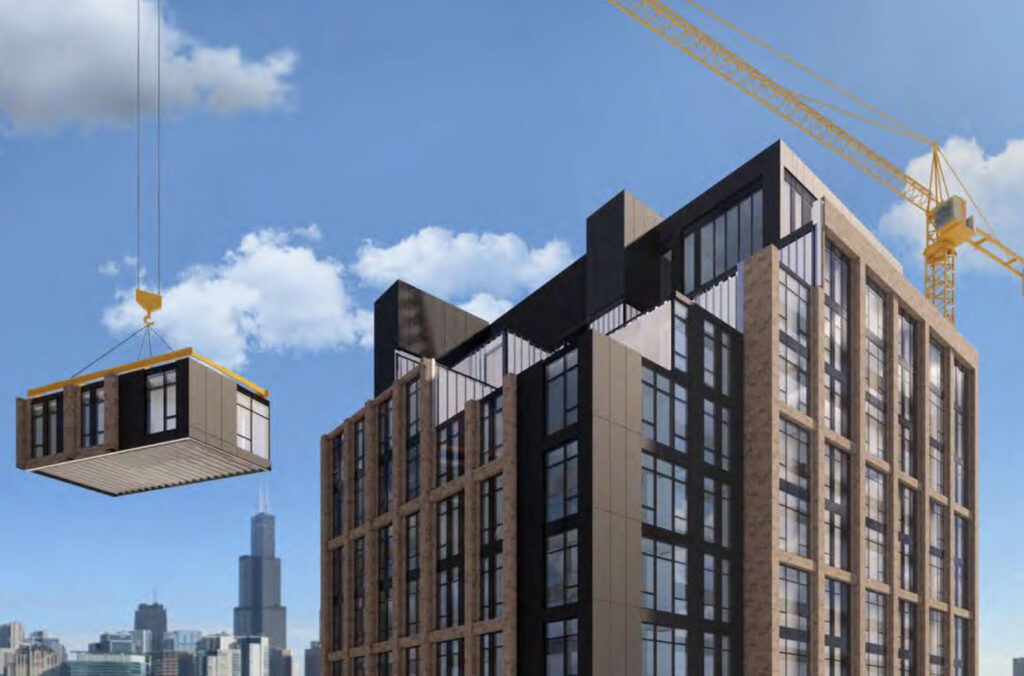
At its core, modular engineering involves the use of prefabricated components that are manufactured off-site and then assembled on-site. This departure from the conventional construction methods presents a paradigm shift, providing a range of benefits from cost-effectiveness to enhanced construction speed and reduced environmental impact.
One of the key advantages of modular engineering is its ability to accelerate construction timelines. By fabricating standardized building elements in controlled factory environments, construction projects can benefit from reduced on-site labor requirements and faster assembly processes. The speed of modular construction is particularly advantageous for large-scale projects, such as residential complexes or commercial buildings, where time-sensitive delivery is crucial.
Additionally, modular engineering promotes sustainability in the construction industry. The controlled manufacturing environment allows for better optimization of materials, minimizing waste compared to traditional construction methods. The efficiency in material usage, coupled with the potential for reusing modular components in different projects, contributes to a more environmentally friendly and resource-efficient approach to construction.
What is more? Modular construction enhances flexibility in design and project execution. The standardized nature of prefabricated components allows for greater predictability and consistency in construction outcomes. This standardization not only reduces the risk of errors but also facilitates easier scalability and customization. Structural engineers can explore innovative designs with the assurance that the prefabricated elements will seamlessly fit together on-site, providing a level of design freedom not always achievable with traditional construction methods.
As the demand for sustainable and efficient construction practices continues to rise, modular engineering is bound remain as a top trend in structural engineering. Also, its potential to revolutionize the industry by offering faster construction, reduced environmental impact, and increased design flexibility positions modular engineering as a transformative force in shaping the future of structural engineering.
Drone Technologies
It’s no secret that the use of drones is revolutionizing a number of sectors. The AEC sector is not left out. Drone technology has soared to new heights and is now recognized as a top trend in structural engineering (Figure 3).
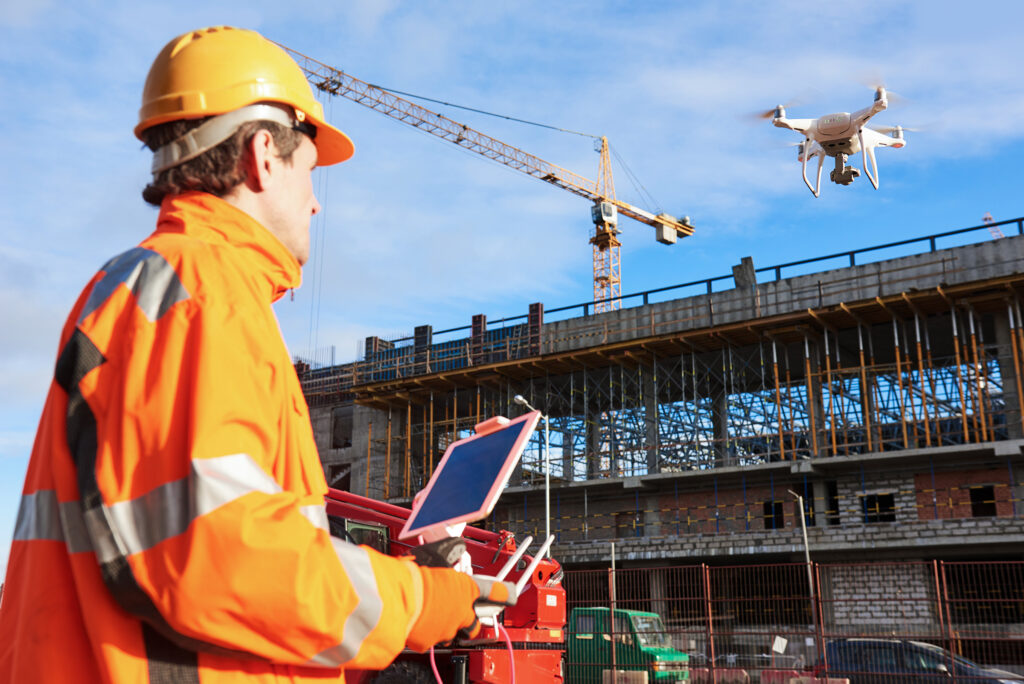
One of the primary applications of drone technology in structural engineering is site surveying and mapping. Drones equipped with high-resolution cameras and sensors can rapidly capture detailed aerial imagery of construction sites, allowing engineers to create accurate 3D models and maps. This, does not only expedite the surveying process but also provides a comprehensive overview of a project site, aiding in better decision-making and planning.
Structural engineers also use drones today in the inspection and monitoring of structures, thus, reducing the need for manual inspections in challenging or hazardous environments. Drones can access difficult-to-reach areas, such as bridges, towers, and roofs, providing engineers with real-time visual data. This not only improves the accuracy of inspections but also enhances safety by minimizing the risks associated with traditional manual methods.
In addition to visual inspection, drones can carry various sensors for data collection, including LiDAR and thermal imaging devices. These capabilities enable structural engineers to assess the health and integrity of structures with a level of detail that was previously challenging to achieve. The collected data aids in identifying potential issues, such as structural deformities or heat anomalies, allowing for proactive maintenance and minimizing the risk of structural failures.
Drones are also instrumental in project management and construction oversight. The real-time data they provide allows engineers to monitor construction progress, identify discrepancies, and ensure that projects are on schedule. This level of monitoring not only improves project efficiency but also contributes to cost savings by addressing issues in a timely manner.
Drone technology stands as one of the innovative trends that is elevating the capabilities and effectiveness of structural engineers in the 21st century.
Visual Programming & Parametric Modelling
Structural engineers have been using engineering software to analyze and design structures for decades. The scope of this software, however, are often narrow with no connection to the hundreds of other design processes that takes place on a project. It’s a well-accepted fact that there is no one size fits all software. The average structural engineer will often have to jump between engineering software to arrive at a final outcome. However, the savvy structural engineer has developed his programming capabilities which allows him to customize, develop or mould software that does what he wants.
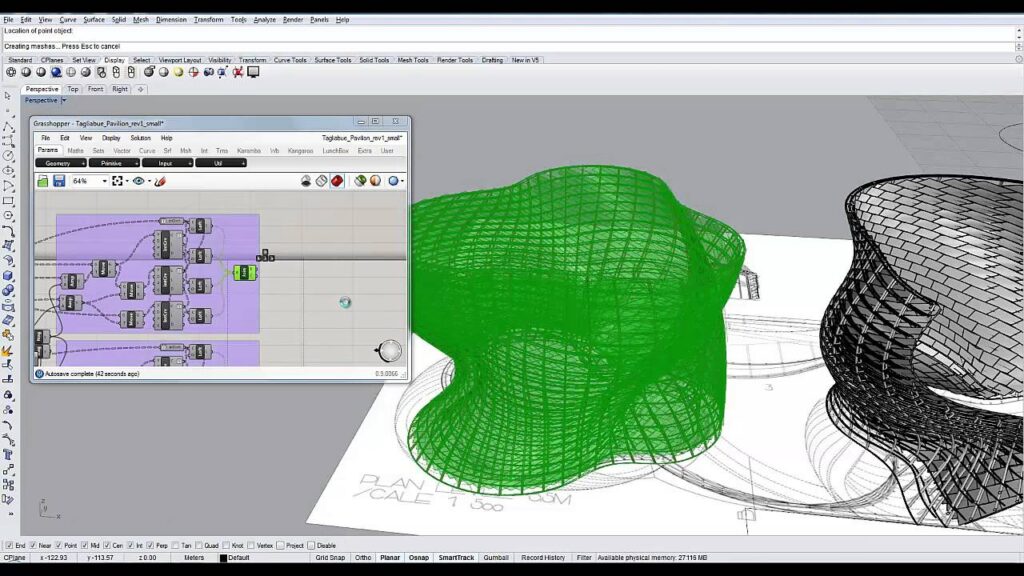
Visual programming and parametric modelling offer a platform for average engineers to become savvy engineers. Visual programming involves creating algorithms and design logic through graphical interfaces, making it more accessible for engineers to manipulate parameters and generate complex parametric models (Figure 4). This trend is reshaping the structural engineering landscape by providing a user-friendly way to engage with parametric design principles.
One of the primary advantages of visual programming in conjunction with parametric modelling is the intuitive interface, which allows engineers to visually represent and manipulate design parameters. This graphical approach simplifies the creation and adjustment of algorithms, making it easier for engineers to experiment with different design options. The ability to see the impact of changes in real-time enhances the iterative design process, empowering engineers to refine and optimize their designs more efficiently.
The efficiency gains offered by visual programming and parametric modelling extend beyond the design phase. Automated workflows and the ability to generate accurate documentation directly from the parametric model streamline the construction documentation process. This not only reduces errors but also accelerates the transition from design to construction, ultimately saving time and resources.
Performance-based Design
Conventional methods of structural engineering design have been based on prescription rather than performance. The implication has been strict requirements on the structural design process, materials, strength, and detailing. Prescriptive methods provide life-safety performance level of structures. However, it does not allow structural engineers to take varying design paths to attain code-level performance, nor does it distinguish between higher levels of performance.
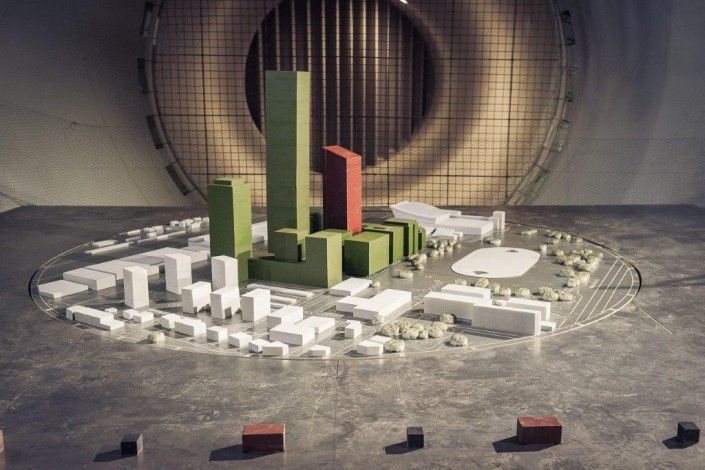
Performance based design is the approach of starting from the end to the starting point and then demonstrating using analysis, modelling, and simulation to demonstrate that a structure will meets a specific performance level. Wind tunnel testing is an example of performance-based design (Figure 5). PBD focuses on achieving specific performance objectives for structures, considering factors such as safety, functionality, and resilience. This approach enables engineers to tailor designs to meet project-specific goals and adapt to evolving challenges in the built environment.
The flexibility of PBD is particularly advantageous in the face of changing environmental conditions and evolving user needs. For example, in earthquake-prone regions, PBD allows engineers to design structures that not only meet minimum safety requirements but also remain operational after a seismic event.
3D Printing for Concrete & Steel Structures
3D printing is one technology that has disrupted far too many sectors, including structural engineering. Also known as additive manufacturing, this technology allows engineers to fabricate complex structures layer by layer, offering unprecedented design freedom, cost-effectiveness, and sustainability (Figure 6).
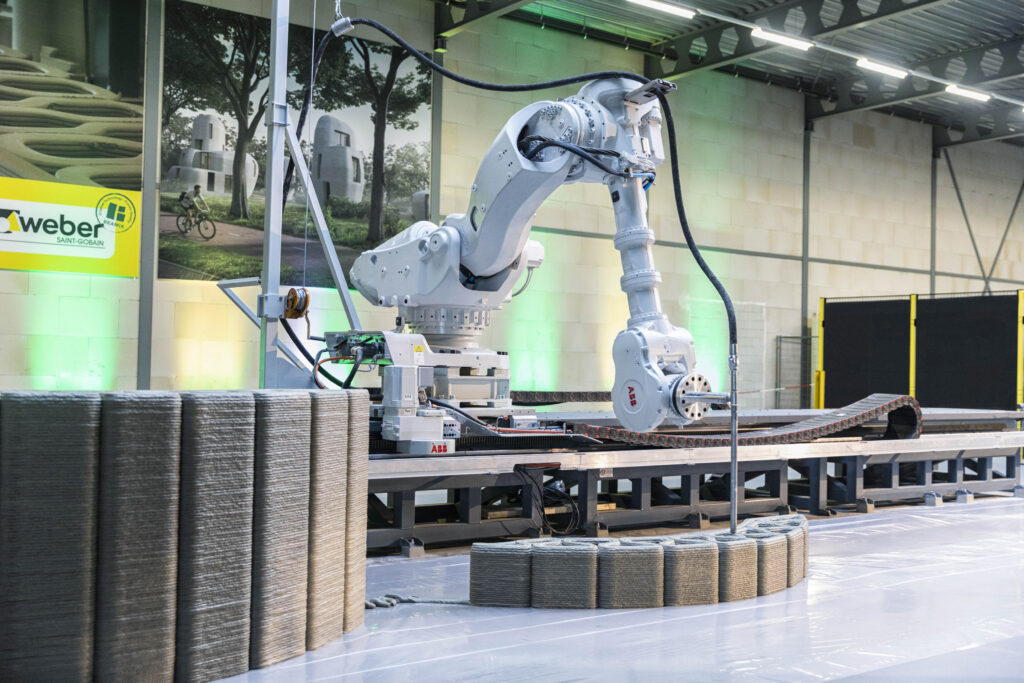
One of the key advantages of 3D printing in structural engineering is the ability to create intricate and customized designs that were previously challenging or even impossible with traditional construction methods. The layer-by-layer additive process enables engineers to realize complex geometries and intricate patterns, opening up new possibilities for innovative and aesthetically pleasing structures. This design freedom is particularly valuable in creating unique architectural features and optimizing structural performance.
3D printing significantly reduces material waste compared to traditional construction methods. The precise and controlled deposition of materials ensures that only the necessary amount is used, minimizing the environmental impact of construction projects. Additionally, the ability to use locally sourced materials for 3D printing can further enhance sustainability, as it reduces transportation-related carbon emissions associated with the construction process.
While 3D printing for concrete and steel structures is still evolving, its potential to disrupt traditional construction methodologies is undeniable. As technology continues to advance and engineers refine printing techniques, 3D printing is poised to become an integral part of the structural engineering toolkit.
Sustainable Engineering Design
Structural engineers have been trained for the most part to design structures that are functional, structurally viable, economical and safe. Today, however, there is another variable structural engineer must worry about – carbon! Climate change and the role structural engineers play is not news. Structural engineers are responsible for specifying most of the steel and concrete used up in construction (Figure 7). Hence, structural engineers are taking the driver seats in the sustainability discourse as it relates to construction today.

Sustainable Engineering Design has emerged as a paramount trend in structural engineering, reflecting a global shift towards environmentally conscious and responsible construction practices. As societies increasingly prioritize environmental stewardship, structural engineers are redefining their approach to design, construction, and maintenance to create structures that minimize environmental impact while maximizing efficiency and longevity.
Sustainable engineering design places a strong emphasis on life-cycle assessments. Engineers evaluate the environmental impact of a structure throughout its entire life, from construction to demolition or deconstruction. This comprehensive approach considers factors such as durability, maintenance requirements, and end-of-life considerations, ensuring that structures are designed to withstand the test of time and can be responsibly reused or decommissioned at the end of their life.
The integration of green spaces and nature into structural design is gaining prominence as well. Sustainable engineering design recognizes the importance of creating environments that enhance the well-being of occupants while promoting biodiversity and ecosystem services. Green roofs, living walls, and urban landscaping are becoming integral components of sustainable structural designs, contributing to improved air quality, temperature regulation, and overall urban resilience.
In summary, Sustainable Engineering Design is not just a trend but a fundamental shift in the philosophy of structural engineering. By prioritizing resource efficiency, energy optimization, life-cycle assessments, and collaboration, engineers are at the forefront of creating structures that not only meet the needs of the present but also contribute to a resilient, eco-friendly, and sustainable future. As this trend continues to gain momentum, it will undoubtedly shape the trajectory of the structural engineering profession in the years to come.
Also See: Top 10 Structural Engineering Software of 2023
Conclusion
In conclusion, the evolution of structural engineering lies at the crossroads of the technological progress that can redefine the industry. The aforementioned trends stand prominently in this transformative journey, each presenting distinct capacities to assist engineers in devising, crafting, and erecting structures with innovation. From the collaborative potential of BIM to the efficiency gains of modular construction and the transformative impact of sustainable design, these trends collectively signify a commitment to creating structures that are not only resilient and efficient but also environmentally conscious.
Looking ahead, it is imperative for structural engineers to stay abreast of these trends, ensuring they stay competitive in the dynamic and ever-changing engineering terrain.
